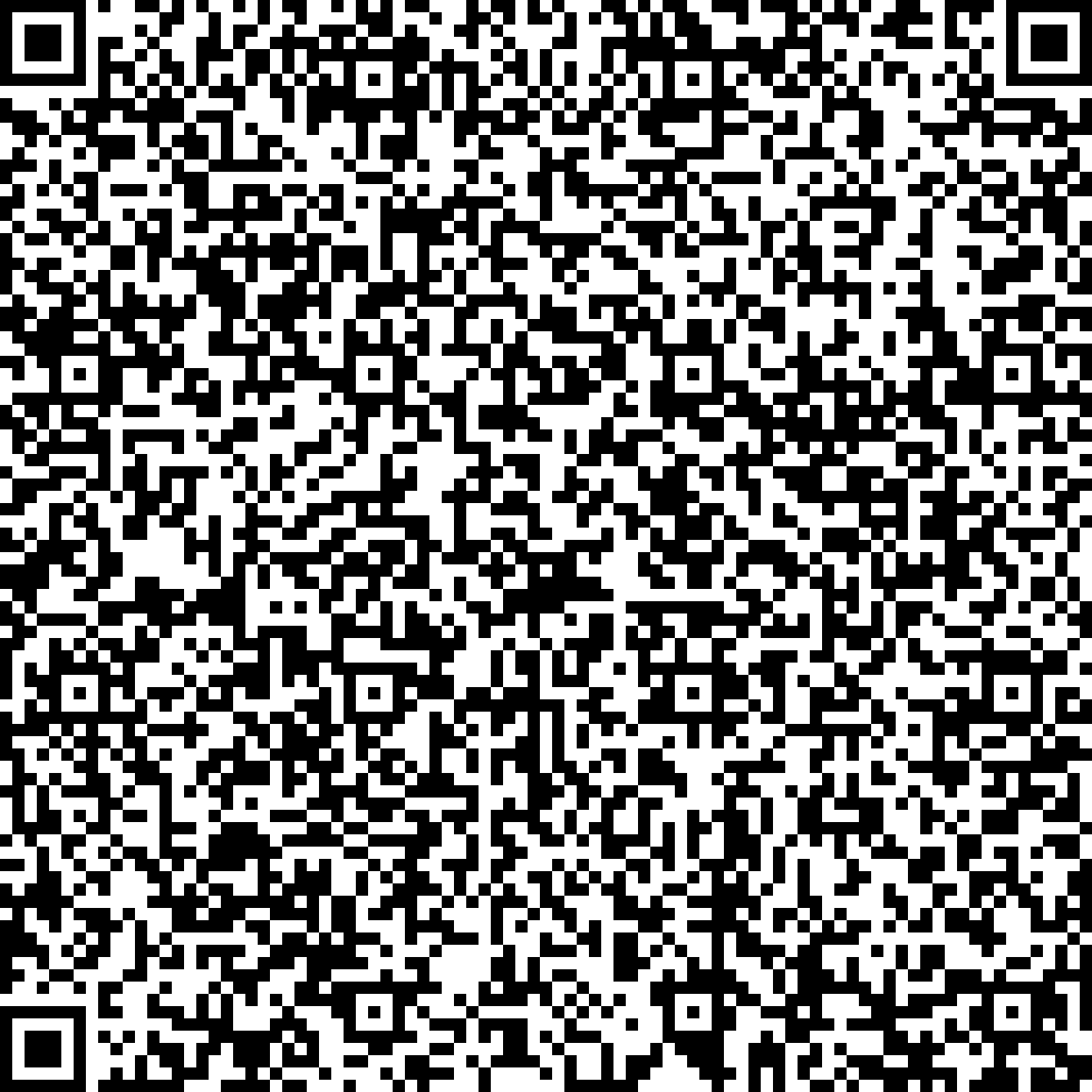


Short-range order, strain, and curvature in solid state materials have a profound impact on spin-orbit coupling and play an important role in electronic and magnetic properties of magnetic and quantum materials [1]. While applications, e.g., flexible electronics and robotics [1,2], have become more prominent, the vast majority of research efforts concern fundamental aspect [3], such as synthesis and nanofabrication of 3D architectures [4,5], and advancing characterization techniques. In this talk, I will discuss our initial and more recent works on strain engineering and disordered dipole- and exchange-coupled materials [6,7], including chiral spin textures in amorphous materials [6], ferromagnetic liquid droplets [5], low spin-damping materials [8], and spin-crossover molecular films [9].
[1] RS et al., J. Appl. Phys. 129, 210902 (2021).
[2] Larysa Baraban, RS et al., ACS Nano 6, 3383 (2012); ACS Nano 7, 1360 (2013).
[3] Amalio Fernandez-Pacheco, RS et al., Nat. Commun. 8, 15756 (2017).
[4] RS et al., Adv. Mater. 26, 316 (2014); Nat. Commun. 6, 7612 (2015).
[5] Xubo Liu, RS et al., Science 365, 264 (2019); Xuefei Wu, RS et al., Proc. Natl. Acad. Sci. USA 118, e2017355118 (2021).
[6] RS et al., Adv. Mater. 30, 1800199 (2018); Adv. Mater. 33, 2004830 (2021).
[7] RS et al., Nano Lett. 18, 7428 (2018).
[8] Szu-Fan (Paul) Wang, RS et al., Appl. Phys. Lett. 119, 172405 (2021).
[9] Thilini K. Ekanayaka, RS et al., Chem. Commun. 58, 661 (2022).
Robert Streubel is an Assistant Professor in the Department of Physics and Astronomy at the University of Nebraska-Lincoln. His research interests include specifically 3D nanomagnetism, strain and curvature engineering, and imaging vector fields with x-rays and electrons. He is studying the potential of structural and chemical short-range order in dipole- and exchange-coupled solid-state materials to stabilize non-collinear and topological spin textures. Dr. Streubel graduated in 2011 from the TU Dresden, Germany with a Physics Diplom (M.S.). He received his doctoral degree in 2015 from TU Chemnitz, Germany after working as doctoral researcher on 3D curved magnetic geometries at the Leibniz Institute for Solid State and Materials Research Dresden, Germany. From 2015 through 2020, he worked as a postdoctoral researcher at Berkeley Lab's Materials Sciences Division.



Short-range order, strain, and curvature in solid state materials have a profound impact on spin-orbit coupling and play an important role in electronic and magnetic properties of magnetic and quantum materials [1]. While applications, e.g., flexible electronics and robotics [1,2], have become more prominent, the vast majority of research efforts concern fundamental aspect [3], such as synthesis and nanofabrication of 3D architectures [4,5], and advancing characterization techniques. In this talk, I will discuss our initial and more recent works on strain engineering and disordered dipole- and exchange-coupled materials [6,7], including chiral spin textures in amorphous materials [6], ferromagnetic liquid droplets [5], low spin-damping materials [8], and spin-crossover molecular films [9].
[1] RS et al., J. Appl. Phys. 129, 210902 (2021).
[2] Larysa Baraban, RS et al., ACS Nano 6, 3383 (2012); ACS Nano 7, 1360 (2013).
[3] Amalio Fernandez-Pacheco, RS et al., Nat. Commun. 8, 15756 (2017).
[4] RS et al., Adv. Mater. 26, 316 (2014); Nat. Commun. 6, 7612 (2015).
[5] Xubo Liu, RS et al., Science 365, 264 (2019); Xuefei Wu, RS et al., Proc. Natl. Acad. Sci. USA 118, e2017355118 (2021).
[6] RS et al., Adv. Mater. 30, 1800199 (2018); Adv. Mater. 33, 2004830 (2021).
[7] RS et al., Nano Lett. 18, 7428 (2018).
[8] Szu-Fan (Paul) Wang, RS et al., Appl. Phys. Lett. 119, 172405 (2021).
[9] Thilini K. Ekanayaka, RS et al., Chem. Commun. 58, 661 (2022).
Robert Streubel is an Assistant Professor in the Department of Physics and Astronomy at the University of Nebraska-Lincoln. His research interests include specifically 3D nanomagnetism, strain and curvature engineering, and imaging vector fields with x-rays and electrons. He is studying the potential of structural and chemical short-range order in dipole- and exchange-coupled solid-state materials to stabilize non-collinear and topological spin textures. Dr. Streubel graduated in 2011 from the TU Dresden, Germany with a Physics Diplom (M.S.). He received his doctoral degree in 2015 from TU Chemnitz, Germany after working as doctoral researcher on 3D curved magnetic geometries at the Leibniz Institute for Solid State and Materials Research Dresden, Germany. From 2015 through 2020, he worked as a postdoctoral researcher at Berkeley Lab's Materials Sciences Division.